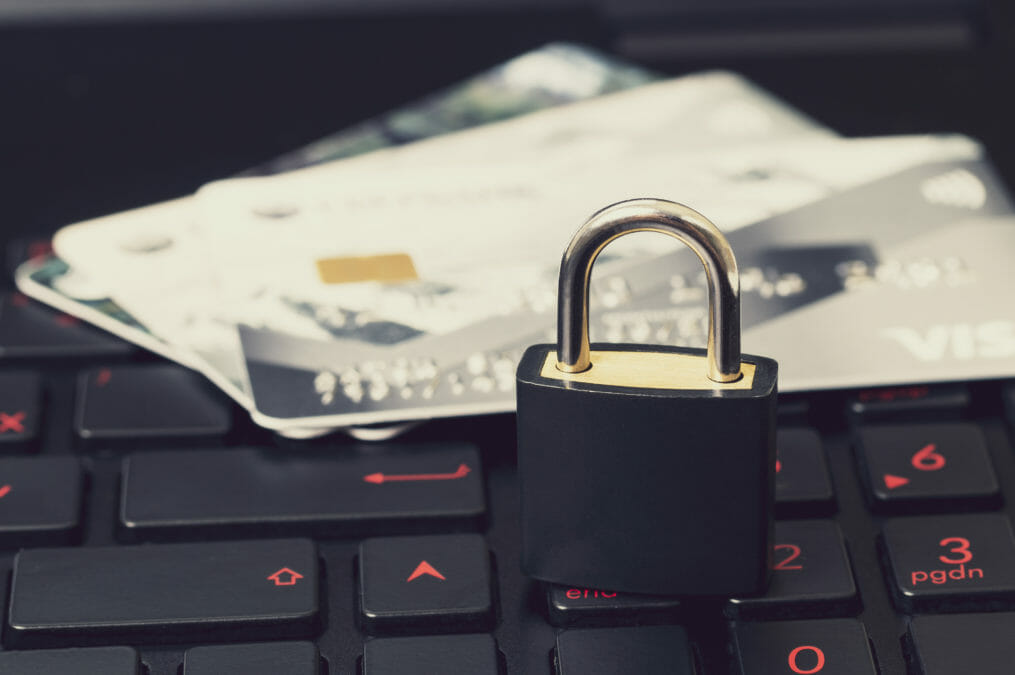Fraudsters never sleep — especially not during a global pandemic and economic collapse. Rather, they’re taking advantage of the widespread panic and spikes in digital traffic by targeting companies under pressure. This has put banks, fintechs and companies that process transactions at heightened risk. Card fraud, which was already soaring prior to the Covid-19 outbreak, is forcing merchants and issuers to rethink their protective measures as the pandemic deepens.
One survey found that 37% of UK finance professionals agreed that their existing finance and procurement processes put them at risk of fraud—and this was a belief they held prior to Covid-19. It’s safe to say their fears were granted, as in a single week during Covid-19 (April 13-19), hackers attacked businesses more than 22 million times globally. All told, more than a quarter of all transactions during Covid-19 have been fraud and abuse attempts—representing a 20% increase over the previous quarter.
With fraud growing in incidence and complexity, businesses issuing or processing payments must be equipped with the tools to win the fight against it. A single tool is not enough; to stay a few steps ahead of fraudsters, businesses need a multi-level solution that includes both artificial intelligence (AI), machine learning (ML), and virtual cards.
How AI and ML can help identify suspicious patterns
AI has ensured that companies are well-equipped to take on the kind of nuanced, highly sophisticated fraud now being carried out around the world. It quickly alerts analysts to anomalies, develops trend-based insights, and discerns if a given transaction or series of financial activities are unusual or fraudulent. By applying ML, companies can mine historical and live data to locate patterns within customers’ behaviour, and can then evaluate every transaction to make accurate fraud predictions. The more data that’s collected across historical transactions, the better the precision in fraud detection.
The pros and cons of AI and ML in DevOps
When a breach or fraud is detected, AI also allows businesses to move quickly to address challenges and swiftly problem-solve. Let’s say that fraudsters get creative and tailor their attacks to news events — for instance, what we’ve been seeing in the news recently with personal protective equipment (PPE)-selling scams. As these new types of fraudulent transactions are identified, the AI model will automatically adapt based on the pattern of these transactions. This is a contrast to the legacy way of managing fraud, which was reliant upon a person to trial and error new business rules to detect fraudulent transactions.
Virtual cards
Especially during Covid-19, virtual cards have the ability to significantly reduce the risk of fraud. They can be set up to be used only once, so even if the data is subject to a breach, the card cannot be used if the payment has been processed. Additionally, single-use virtual cards typically have tight controls associated with them, such as the amount (which can be a range of amounts or one specific amount), expiration date, merchant, and even Merchant Category Codes, among other parameters. With regard to amounts, single-use virtual cards can be authorised to use with one exact amount only, or they can be authorised for multiple transactions that ultimately result in that one exact amount.
Overall, virtual cards decrease the likelihood of fraud because the virtual card information isn’t as useful to a fraudster if stolen.
How much do behavioural biometrics improve cyber security?
Your fraud protection
A comprehensive approach is essential to fighting fraudsters while maintaining a positive customer experience during Covid-19. This includes the use of AI solutions and the implementation of fraud prevention tools such as virtual cards. Together, these tools will make it much easier to spot fraud attempts accurately without interrupting sales or declining genuine transactions.








